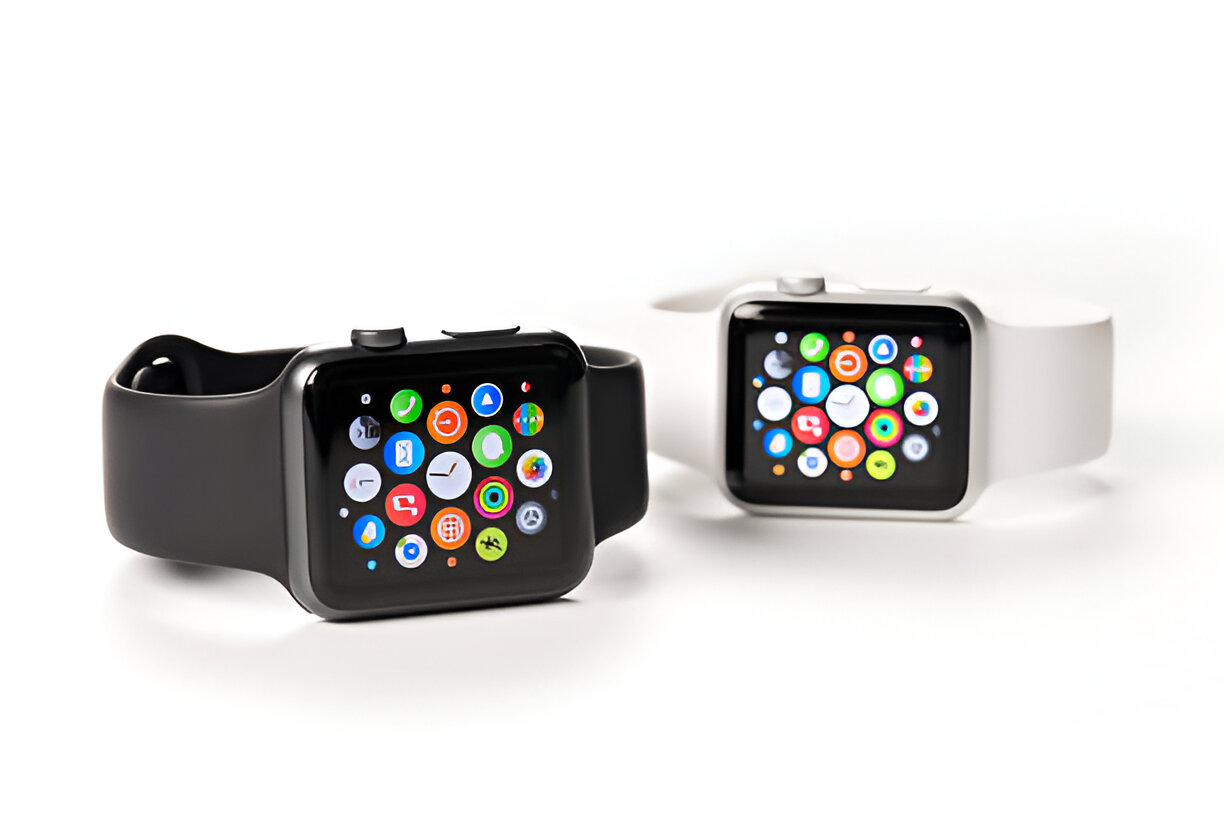
Apple iPad Mini 2024 Review: What’s Missing in the Latest Upgrade?
Apple iPad Mini 2024 Review: What’s Missing in the Latest Upgrade?
The tech world buzzes with excitement every time Apple unveils a new gadget, and this year is no exception. The highly anticipated iPad Mini 2024 has officially hit the shelves, promising to deliver an even more powerful and portable experience than its predecessors.

But as we dive into the latest features, sleek design tweaks, and performance enhancements, one question lingers: what didn’t make the cut this time around? Join us as we dissect Apple’s latest offering—discovering not only what shines but also what feels like it’s been left on the cutting room floor.
Whether you’re a die-hard fan or contemplating your first tablet purchase, our comprehensive review will help you navigate through both the upgrades and omissions of this compact powerhouse!
Introduction to the iPad Mini 2024
The tech world buzzes with excitement every time Apple unveils a new device, and the iPad Mini 2024 is no exception. Compact yet powerful, this latest iteration promises to deliver an experience that fits seamlessly into your daily routine.
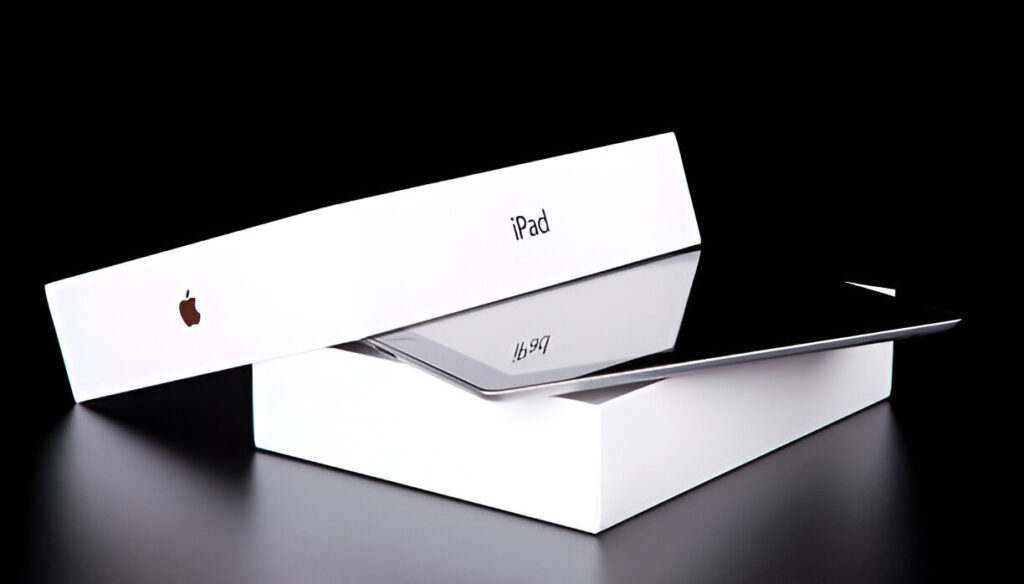
Whether you’re browsing social media or diving deep into productivity tasks, the iPad Mini has carved out its niche for those who crave portability without sacrificing performance. But as we dive deeper into this sleek gadget, questions arise:
What’s new? What’s changed? And perhaps most importantly—what’s missing? Let’s explore these aspects and see if this mini marvel lives up to the hype or leaves users wanting more.
Overview of the latest upgrades and features
The iPad Mini 2024 comes with a handful of exciting upgrades that enhance its performance and usability. It boasts the latest A15 Bionic chip, ensuring lightning-fast processing speeds for multitasking and gaming alike.
Apple has also improved the display quality, offering vibrant colors and sharper details on its 8.3-inch Liquid Retina screen. The True Tone technology adapts to your environment, providing an optimal viewing experience whether you’re indoors or outside.
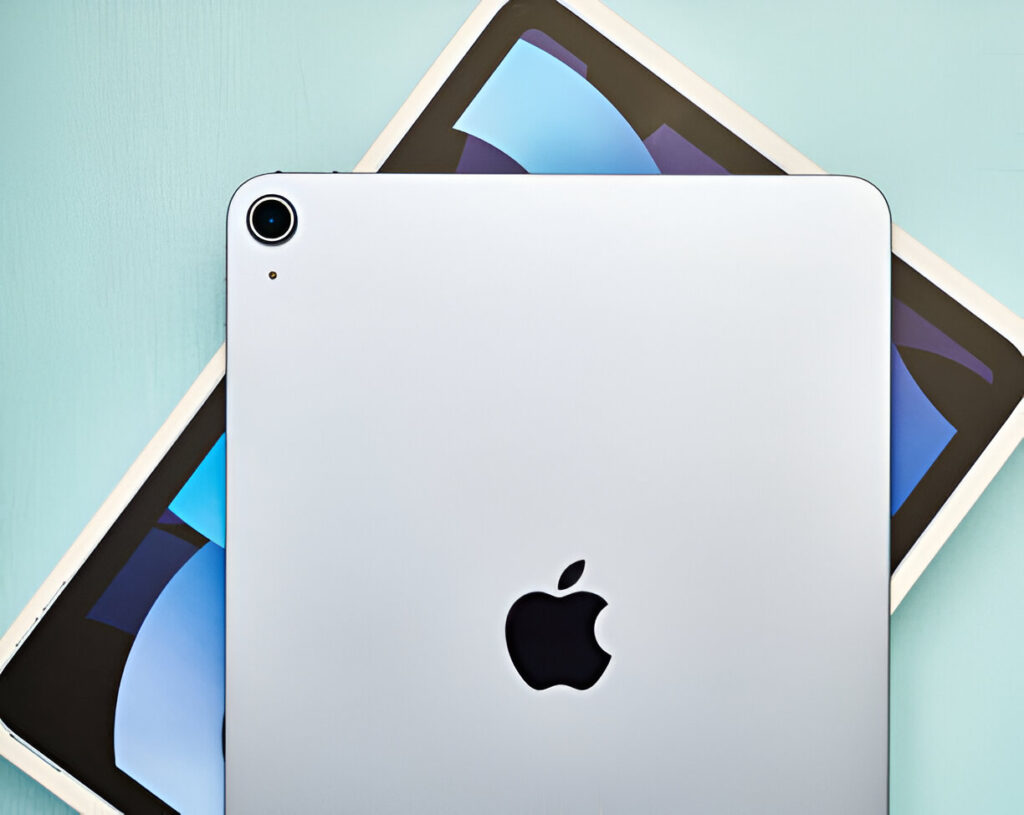
Battery life remains impressive, giving users up to 10 hours of usage on a single charge—perfect for those long days away from home. This new model supports Apple Pencil (2nd generation), making it ideal for creativity enthusiasts who enjoy sketching or note-taking.
Connectivity options have been upgraded too, featuring ultra-fast Wi-Fi 6 support for seamless internet browsing and streaming. With these enhancements, the iPad Mini 2024 stands strong in today’s competitive tablet mark
What’s missing in the new iPad Mini?
The iPad Mini 2024 has generated buzz, yet some features seem to have taken a backseat.
For starters, the design hasn’t seen any major changes. While familiar can be comforting, it leaves many users wanting something fresh and innovative.
Then there’s the absence of Face ID or Touch ID updates. In a world where security is paramount, this feels like a missed opportunity for enhanced user convenience.
Storage options remain limited too. With apps and files growing in size every day, more flexibility could have made a significant difference for power users.
Lastly, the missing headphone jack continues to frustrate those who prefer wired audio solutions. It’s an old debate but one that still resonates with many loyal fans of Apple’s devices.
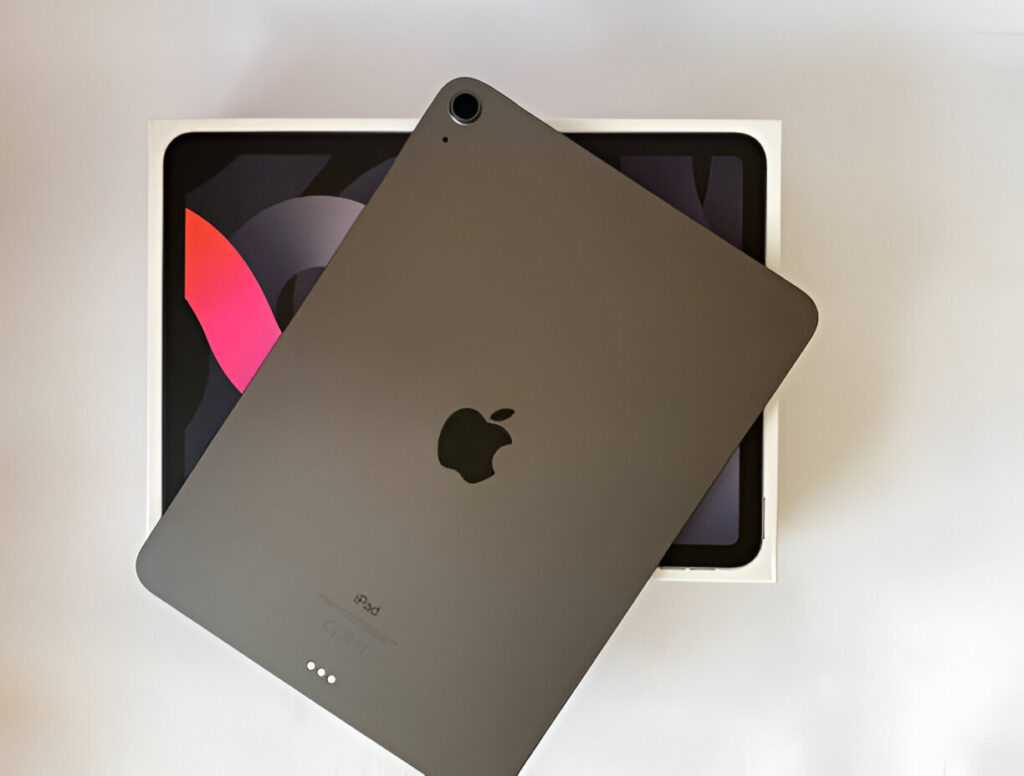
– Lack of major design changes
The iPad Mini 2024 maintains a familiar look, which may disappoint some fans eager for fresh aesthetics. Apple chose to stick with the beloved design language that has characterized previous models.
This decision means rounded edges and the same compact size we’ve grown accustomed to. While it feels comfortable in hand, many were hoping for something new—perhaps sleeker lines or varied color options.
The lack of major design changes can make it feel less like an upgrade and more like a continuation of what we already know. For users who appreciate innovation, this might leave them wanting more.
Those looking for a standout device could find themselves questioning whether the update truly justifies their investment when there are no bold visual shifts to capture attention.
– No Face ID or Touch ID updates
The absence of Face ID and Touch ID updates in the iPad Mini 2024 has raised eyebrows among tech enthusiasts. With security features evolving, users were hopeful for enhanced biometric options.
Face ID offers seamless unlocking, especially for those on the go. Imagine quickly accessing your device while multitasking or wearing a face mask. Unfortunately, this upgrade didn’t manifest.
Touch ID remains reliable but feels somewhat outdated compared to newer devices that boast facial recognition. Users accustomed to advanced security measures may find this lacking.
Many expected Apple to integrate these features into the compact design of the iPad Mini. The decision not to do so leaves some feeling disappointed and questioning Apple’s priorities in innovation.
As competitors continue pushing boundaries with their biometric technologies, it’s worth pondering why Apple chose to stand still in this area with its latest release.
– Limited storage options
The storage options on the iPad Mini 2024 have raised eyebrows among users. With only a couple of capacities available, many feel restricted in what they can store.
For those who rely on their devices for photography, gaming, or extensive media libraries, this limitation can be frustrating. The choice between minimal space feels outdated in today’s digital landscape.
Apple has made strides in optimizing cloud services and streaming capabilities. Still, not everyone is comfortable relying solely on these options. Many prefer having their data stored locally for convenience and speed.
It leaves potential buyers questioning if the iPad Mini 2024 meets modern needs. As apps grow larger and high-resolution content becomes more common, limitations may impact usability significantly.
The demand for increased storage continues to rise as user habits evolve rapidly.
– Missing headphone jack
The absence of a headphone jack in the iPad Mini 2024 has sparked considerable debate among users. Many fans appreciate wired headphones for their superior sound quality and reliability. With this latest model, those looking to connect traditional headphones will need an adapter or switch to Bluetooth options.
This shift toward wireless audio is part of Apple’s broader strategy, but it leaves some customers frustrated. Users who enjoy gaming or watching movies might find the delay inherent with Bluetooth frustrating compared to direct connections.
Additionally, those on-the-go may prefer not to deal with charging yet another device just for audio. The convenience factor takes a hit when you have to remember multiple devices and chargers instead of simply plugging into your tablet. This decision seems more about aesthetics than user experience, leaving many scratching their heads over practicality versus design choice.
Comparison to previous versions of iPad Mini
The iPad Mini has undergone several transformations since its debut. Each iteration introduced enhancements that often delighted fans of the compact tablet.
Comparing the 2024 model to its predecessors, one can see a more refined performance. The latest processor offers speed improvements that make multitasking smoother than ever.
However, the design remains quite similar to previous versions. While sleek and portable, many expected a fresh aesthetic for this update.
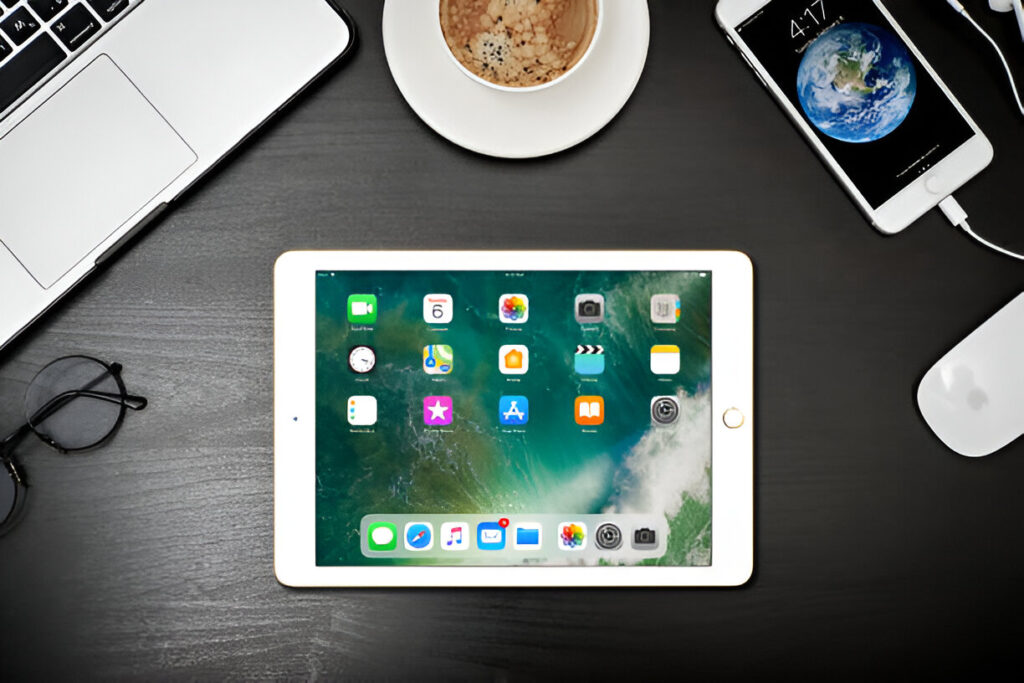
Storage options have also stagnated compared to earlier releases. Users seeking more capacity might find themselves limited once again.
Another notable difference is in biometric security features. Unlike some other models in Apple’s lineup, the Mini 2024 lacks advancements like Face ID or any updates on Touch ID integration.
When it comes to overall usability and functionality, though familiar elements still shine through—like compatibility with accessories such as an iPad mini cover with handle or an iPad air case with hand strap.
User reviews and opinions on missing features
User reviews on the iPad Mini 2024 reveal mixed feelings about its missing features. Many users express disappointment over the lack of significant design changes. They were hoping for a fresh look to match upgraded performance.
Feedback on security features is also prevalent. Users miss having Face ID or Touch ID options, especially in a world where convenience and safety are paramount.
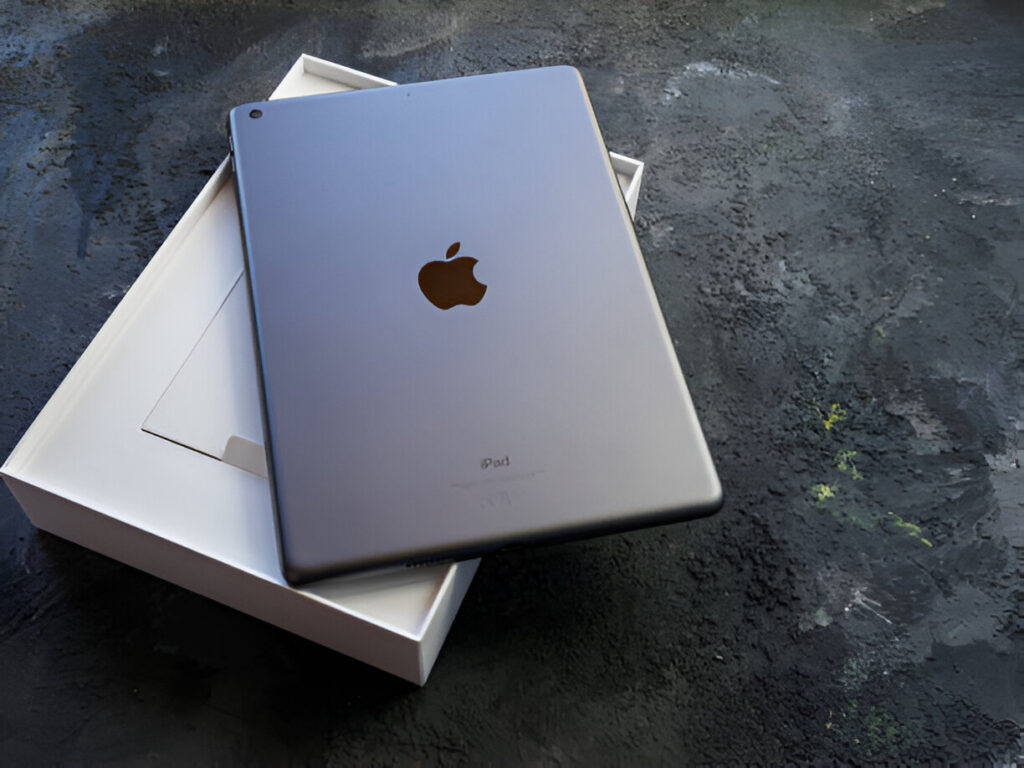
Storage options have left some frustrated as well. The limited choices don’t meet the needs of power users looking for ample space to store apps and files.
Some users lament the removal of the headphone jack, which used to be a staple feature for easy audio access without needing adapters.
Despite these concerns, many appreciate what’s new but remain vocal about their wishes for improvements in future iterations. Their insights highlight expectations that still linger for this beloved device.
Potential reasons for Apple’s decisions
Apple’s decisions often stem from a blend of innovation and market strategy. The company prioritizes a streamlined product line, which can sometimes lead to fewer updates in certain models.
Cost efficiency plays a significant role as well. By maintaining familiar designs and features, Apple can minimize production costs while focusing on more advanced technologies for its flagship devices.
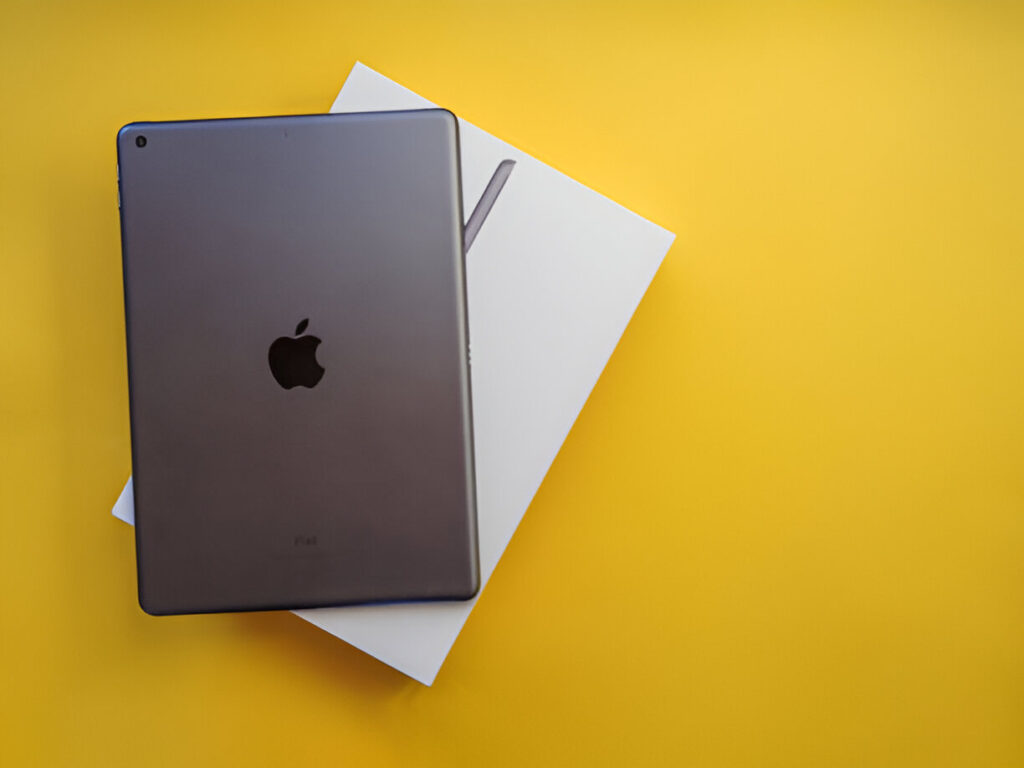
User feedback is another critical factor. Apple tends to analyze customer preferences closely before implementing changes. If the demand isn’t strong enough for specific upgrades, they might choose to hold back until it aligns with their vision.
Finally, brand loyalty influences these choices too. Many users appreciate the iPad Mini’s existing design and functionality without drastic alterations, fostering satisfaction among long-time fans. This careful balance keeps both tradition and innovation at the forefront of Apple’s strategy.
Alternatives to consider for those looking for specific features
For those seeking features the iPad Mini 2024 lacks, several alternatives are worth exploring.
The Samsung Galaxy Tab S8 offers a larger display and an impressive camera setup. If productivity is your goal, consider the Microsoft Surface Go 3. It combines tablet flexibility with laptop functionality.
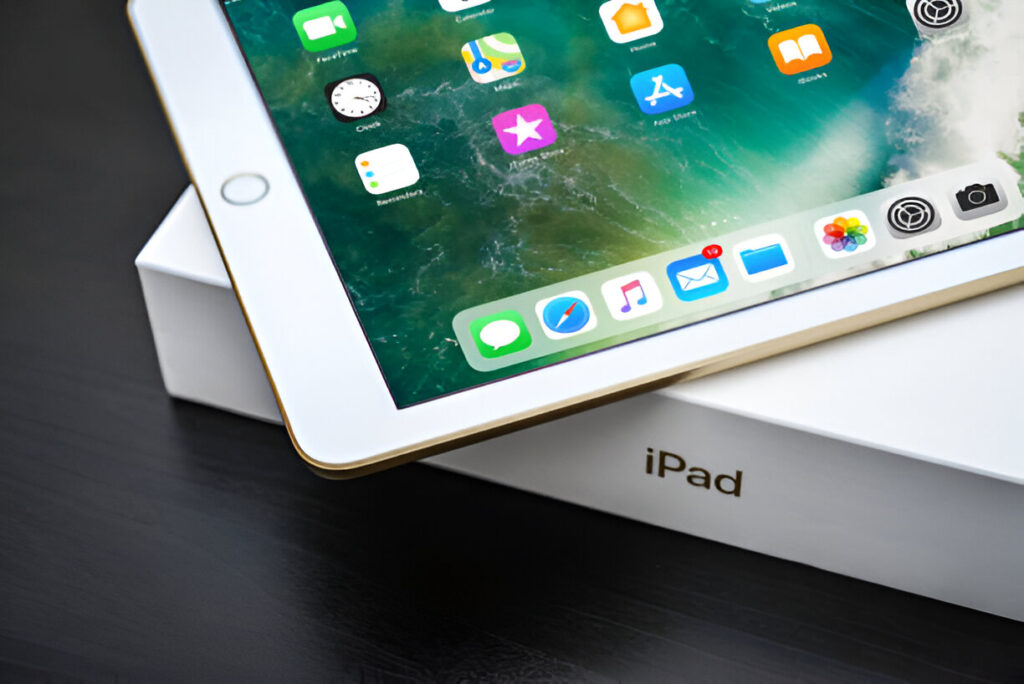
If portability and design matter most to you, the Lenovo Yoga Tab 13 stands out with its unique kickstand and versatile usage options. Gamers might prefer the Razer Kishi controller paired with smartphones for an on-the-go experience.
Another option is the Apple iPad Air case with hand strap that provides enhanced grip during use or entertainment modes. This can be especially helpful if you’re looking for a secure way to enjoy content without compromising style.
Each alternative has distinct advantages tailored to different needs, ensuring that there’s something out there for everyone searching for specific features beyond what the latest iPad Mini delivers.





